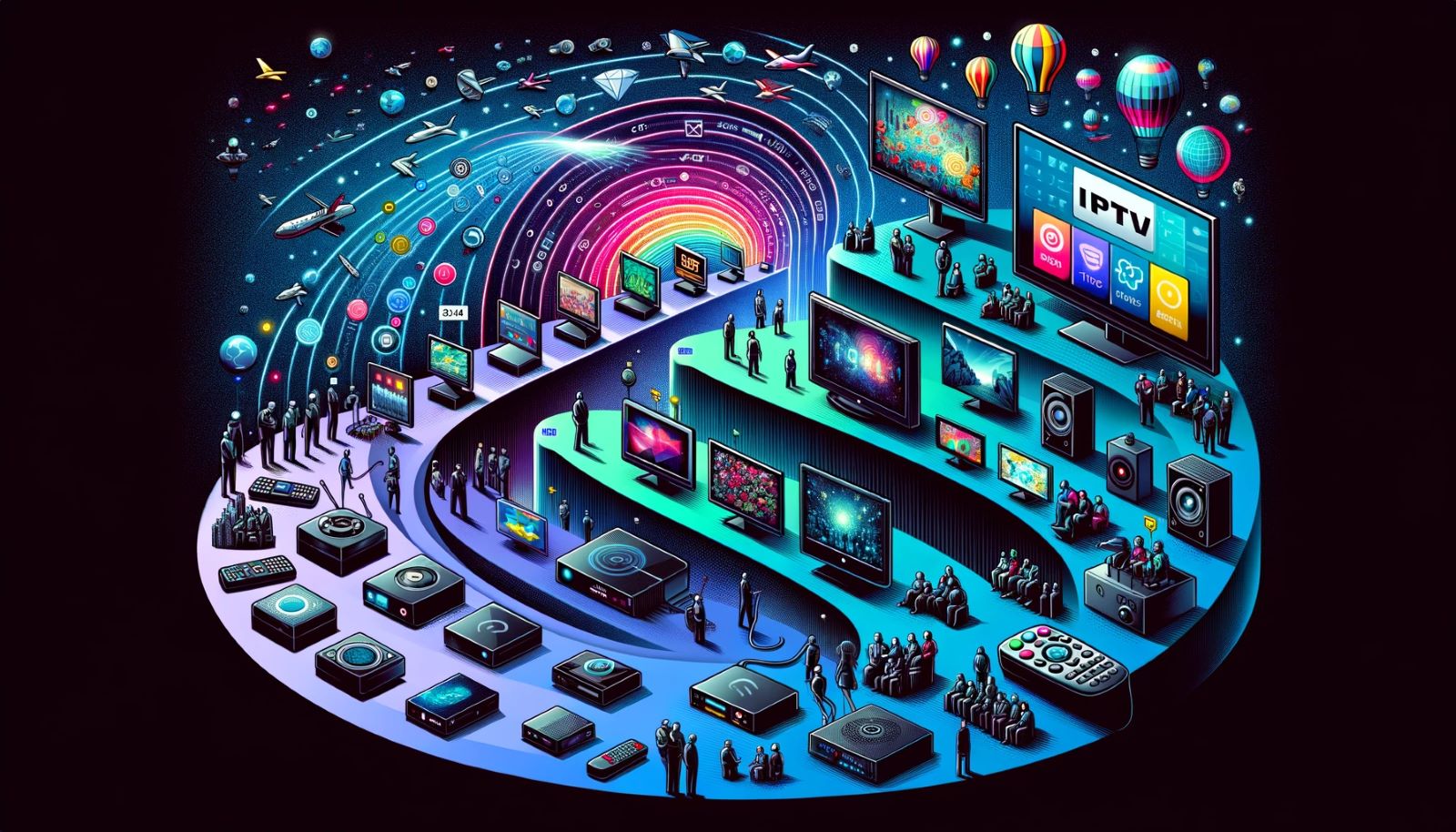The landscape of television and content consumption has witnessed a monumental shift over the past decade, with IPTV (Internet Protocol Television) emerging from the shadows to become a dominant force in the media industry. This blog post explores the evolutionary journey of IPTV, highlighting its ascent to mainstream prominence and the factors fueling its growth.
The Early Days of IPTV
Initially, IPTV was a niche technology, primarily utilized within specific communities and tech-savvy circles. It offered an alternative to traditional broadcast and cable television, leveraging the internet to deliver television services.
- Technical Challenges: Early adopters faced hurdles such as limited broadband speeds and inconsistent streaming quality.
- Content Availability: The range of content was initially limited, with a focus on niche markets and specialized interests.
Breakthroughs and Widespread Adoption
Several key developments have propelled IPTV from a niche offering to a mainstream media solution:
- Advancements in Internet Technology: Improved broadband speeds and more reliable internet connections have enhanced streaming quality, making IPTV a viable option for a broader audience.
- Expansion of Content Libraries: IPTV providers have vastly expanded their content offerings, including live TV, on-demand movies, and exclusive series, attracting a diverse viewer base.
- Integration with Smart Home Devices: The compatibility of IPTV with smart TVs and devices has simplified access, integrating seamlessly into viewers’ digital lifestyles.
The Role of Consumer Demand
The shift in consumer preferences towards on-demand content and the desire for flexibility in viewing schedules have significantly contributed to IPTV’s rise. Viewers now demand control over what they watch and when they watch it, with IPTV perfectly positioned to meet these needs.
Looking Ahead: The Future of IPTV
As we look to the future, IPTV is set to continue its growth trajectory, driven by ongoing technological innovations and changing viewer habits. Potential developments include:
- Enhanced Interactive Features: Future IPTV services may offer even more personalized and interactive viewing experiences, with advanced recommendation algorithms and interactive content.
- Global Content Accessibility: IPTV breaks down geographic barriers, offering global content to diverse audiences, a trend likely to expand further.
Conclusion
The evolution of IPTV from a niche technology to a mainstream entertainment source is a testament to the transformative power of digital innovation. As IPTV continues to evolve, it will undoubtedly play a pivotal role in shaping the future of media consumption, offering viewers unparalleled flexibility, variety, and control over their entertainment experiences.

